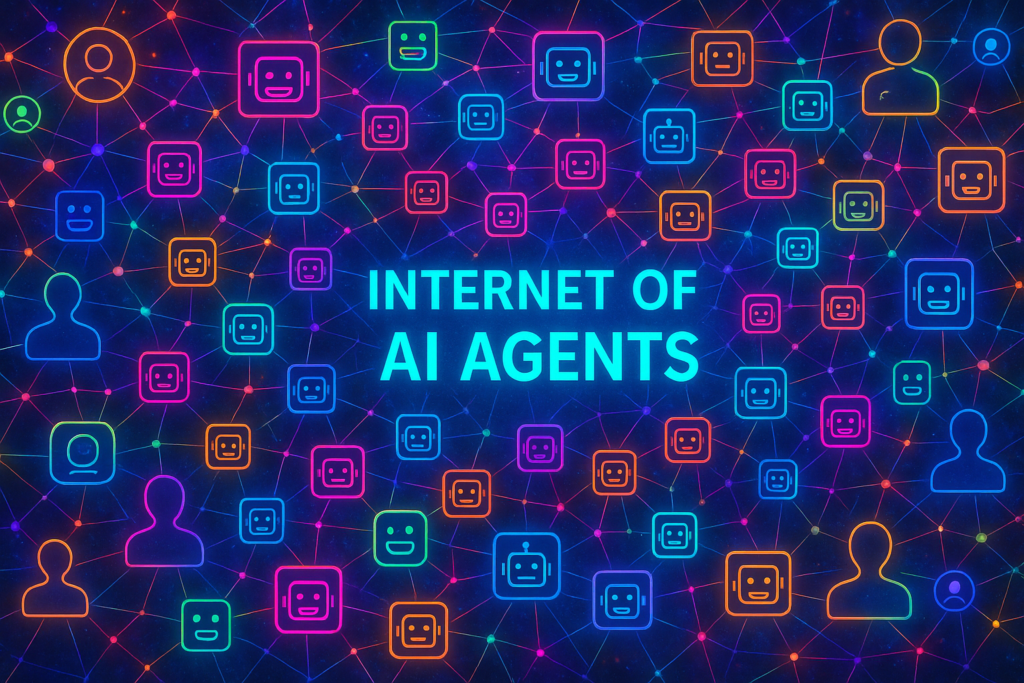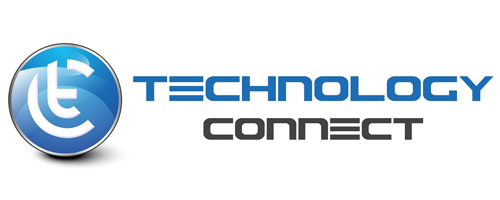

The Internet of AI Agents: Why Network-Native Ventures Will Define the Next Wave of Business Growth
Boards and executives are facing a critical inflection point. The era of standalone SaaS products is giving way to a new paradigm: The internet of AI Agents, where systems can independently execute complex tasks, collaborate with other agents, and operate autonomously at scale. Just as the internet transformed isolated applications into interconnected ecosystems, AI Agents are now reshaping how ventures should be conceived, built, and scaled. The companies that master this shift will not just avoid disruption – they will thrive.
From SaaS to Network-Native Ventures
For the past two decades, SaaS solutions have been the dominant model for digital ventures. They delivered efficiency, scalability, and predictable recurring revenue. But AI Agents are changing the rules. Standalone SaaS ventures risk becoming isolated islands in a world where interoperability, coordination, and value exchange are becoming the true drivers of growth. Network-native AI-ventures, by contrast, thrive by enabling their solutions to connect seamlessly into distributed, secure and interoperable agent ecosystems.
The Core Principles of Agent-Native Design
To succeed, new ventures must embed three design principles from the outset:
- They must be interoperable, designed to “plug-and-play” across different agent networks by being modular, and API-first.
- They must enable coordination, allowing agents to work together on tasks and outcomes greater than the sum of their parts.
- They must drive value exchange, monetising the flow of data, actions, and outcomes between agents.
Agent-to-Agent Business Model Economics – A Practical Reality Check
The same principles apply today. Companies that design ventures to operate in distributed, agent-enabled environments will avoid a costly and time-consuming re-architecture later. They will also position themselves to capture early-mover advantage as agent ecosystems begin to scale.
History offers a lesson. In the early days of the internet, many companies built proprietary networks, betting that customers would stay within their closed environments. It took years – and in some cases, more than a decade – to unwind those designs and rebuild on open, distributed protocols like TCP/IP and HTTP. Those that designed for being open and distributed from the outset, like Amazon and Google, were able to scale exponentially without re-wiring their foundations.
While the strategic opportunity is clear, most organisations are not yet ready to design and invest in agent-native ventures. This is perfectly understandable, as the velocity of change is phenomenal – sometimes overwhelming. They also face practical barriers: Legacy systems, rigid governance, and uncertainty about how to participate in or monetise agent ecosystems. However, this should not delay action. The practical imperative is to ensure that every new AI-driven venture – whether SaaS or otherwise – is architecturally designed for an open and distributed environment, not a closed one.
In this new world, business model economics will no longer hinge solely on subscriptions or licences. Agent-to-agent business model economics – the ability to charge, reward, and share value as agents interact – will become the dominant model. Those who master pricing, trust, and settlement mechanisms in these ecosystems will shape the market.
Two emerging companies illustrate this direction:
- Artisan AI (US) is building domain-specific agents called Artisans. Its first product, Ava, operates as an AI Business Development Representative (BDR). By nature, Ava engages externally – sending emails, qualifying leads, and booking meetings with other companies. Over time, this type of engagement will evolve into agent-to-agent negotiations between buyer and seller ecosystems.
- Gradient Labs (UK) with its agent Otto is targeting regulated industries like financial services. Otto integrates with a company’s back-office and CRM stack but is designed to extend into cross-enterprise workflows – fraud detection, payment disputes, and compliance interactions that require multiple organisations to cooperate. This positions it as an agent built for distributed, multi-company ecosystems.
These examples highlight that cross-company interoperability is not a distant concept. It is already implicit in use cases where customer engagement, compliance, and operations span organisational boundaries. Ventures designed for open, distributed agent ecosystems will be far better placed to capitalise on this evolution than those built as closed, isolated solutions.
The next frontier for AI Agents is not simply collaboration inside a single enterprise, but the ability to interoperate across companies. Most current deployments still focus on internal efficiency gains. However, the real breakthrough will be achieved when agents from different organisations can coordinate tasks, exchange value, and negotiate outcomes directly. Keep an eye on MIT’s NANDA project as a leading collaborative effort driving these outcomes.
Strategic Implications
Boards and executive teams should act now in three practical ways:
- Ensure all new ventures—even SaaS products—are architected for distribution, avoiding closed designs that are difficult to unwind.
- Reframe investment committees to evaluate not just the product, but the ecosystem readiness of each venture.
- Equip venture factories and studios with AI Agent ecosystem design principles, tooling, and partnerships to prepare ventures for agent-native evolution.
The Next Wave of AI-Native Businesses
The Internet of AI Agents is not a distant future. Early ecosystems are already forming around productivity, finance (e.g., FinRobot), customer engagement (e.g., Gradient Labs, Artisan AI), and operations (e.g., Multimodal.dev). The companies that seize this moment will define the next decade of business growth. The strategic question is clear: will your organisation continue to build standalone SaaS products, or will you lead by designing ventures that thrive in distributed ecosystems – where agents not only collaborate internally, but also interoperate across company boundaries to create entirely new markets and value networks?
If interested in exploring how you could benefit from building your AI-native Venture, then connect with us.
Tom Dissing is the founder and Managing Director of Technology Connect. He helps boards and executives drive growth and avoid disruption through artificial intelligence (AI), innovation and venture building
Copyright © 2025 Technology Connect. All rights reserved.




